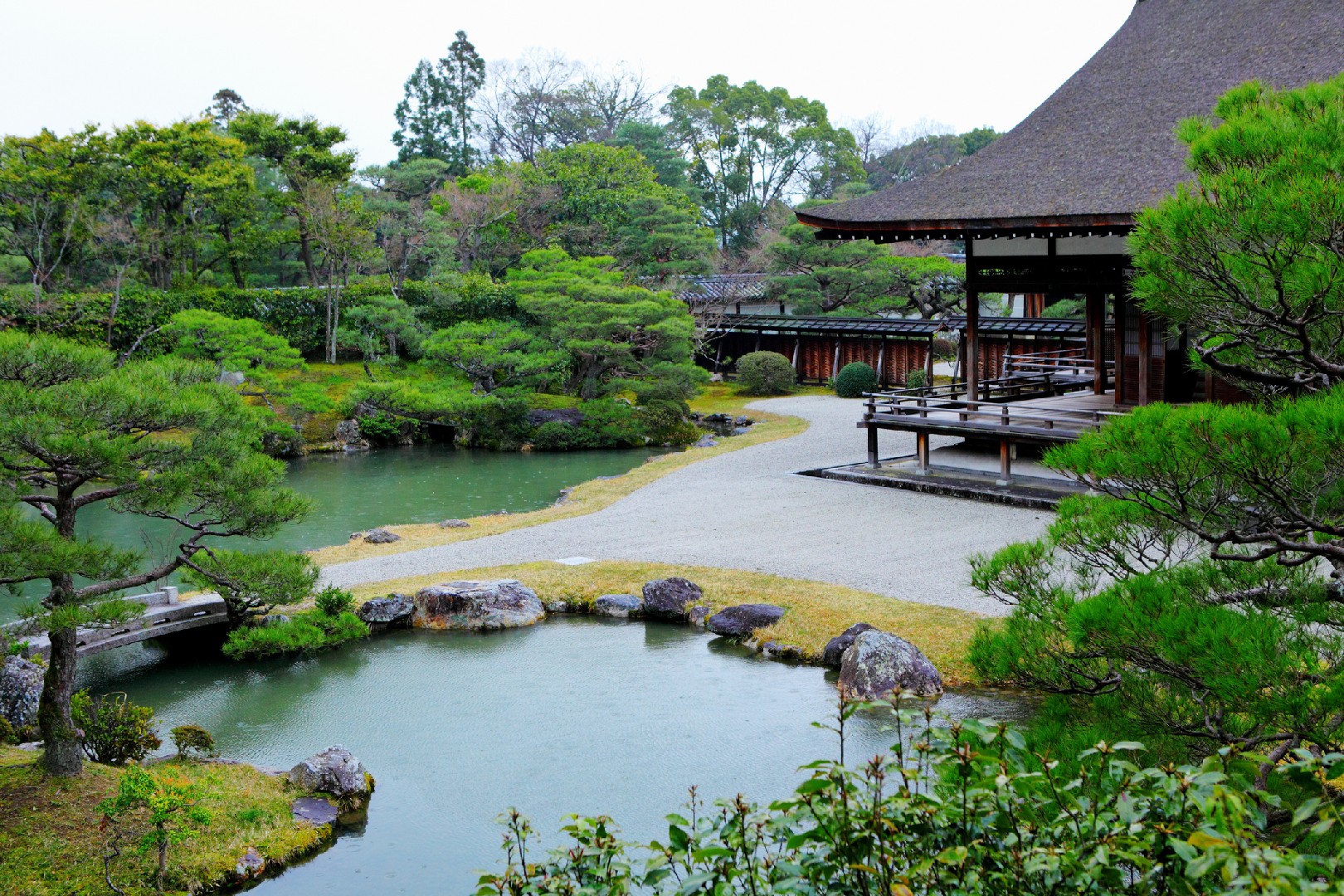![Rectangle]()
Water Features in Sustainable Garden Design
Water features have been an integral part of garden design for centuries, adding beauty, tranquility, and a sense of serenity to outdoor spaces. However, as the world became more aware of the importance of sustainability, the focus shifted towards creating water features that are both aesthetically pleasing and ecologically responsible.
One of the most significant developments in recent years is the green revolution in water features, which includes the incorporation of eco-ponds, natural pools, and bio-filters. Eco-ponds, also known as natural swimming ponds, are designed to be self-sustaining ecosystems that require little to no chemical treatments or maintenance. These ponds utilize a combination of aquatic plants, beneficial bacteria, and natural filtration systems to keep the water clean and clear. By mimicking the processes found in natural bodies of water, eco-ponds create a balanced ecosystem that supports a variety of wildlife, including frogs, dragonflies, and water lilies.
Another important aspect of sustainable garden design is the use of native plants in water features. Native plants are well-adapted to the local climate and require less water, fertilizer, and pesticides to thrive. By choosing native water plants, such as water lilies, cattails, and marsh marigolds, gardeners can create a beautiful and natural habitat for aquatic life while reducing the need for excessive maintenance and resources.
Water conservation practices are also key in sustainable garden design. Installing water-saving features such as rainwater harvesting systems, drip irrigation, and smart irrigation controllers can significantly reduce water usage in water features. Rainwater harvesting systems collect and store rainwater for later use, reducing the reliance on municipal water supplies. Drip irrigation systems deliver water directly to the roots of plants, minimizing evaporation and runoff. Smart irrigation controllers use weather data and soil moisture sensors to optimize watering schedules, ensuring water is used efficiently and conservatively.
Looking towards the future, there are exciting trends emerging in water feature design. Smart water features, integrated with home automation systems, allow homeowners to control and monitor their water features remotely. These features can be programmed to conserve water, adjust water flow and lighting, and even integrate with weather forecasts to optimize water usage. Additionally, do-it-yourself (DIY) installations are gaining popularity, allowing gardeners of all skill levels to create their own unique water features using affordable materials and step-by-step instructions.
In conclusion, water features in sustainable garden design go beyond aesthetics and embrace eco-friendly practices. Incorporating eco-ponds, native plants, water conservation techniques, and emerging trends like smart water features and DIY installations, gardeners can create sustainable and enchanting outdoor spaces. By utilizing these methods and practices, we can ensure that our water features not only enhance the beauty of our gardens but also contribute to the conservation of our precious water resources.





